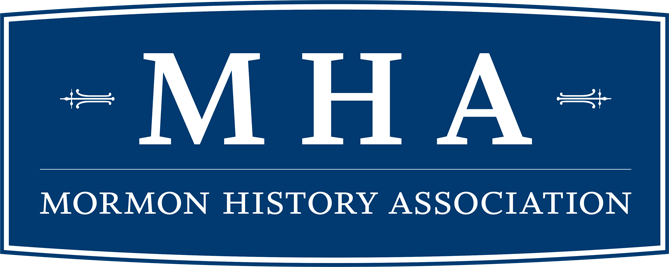Journal of Mormon History
Submitting an Article for Publication
Manuscripts should make a significant contribution to the knowledge of Mormonism through new interpretations and/or new information. The editors are especially interested in articles that offer international perspectives and twentieth century and contemporary history. Acceptance is based on originality, use of primary sources, literary quality, accuracy, and relevance. Articles should be approximately 10,000 words in length, although shorter works will be considered. The journal will not accept submissions over 15,000 words in length. Reprints and simultaneous submissions are not accepted. Articles should use footnotes. The journal uses the Chicago Manual of Style (17th edition). The Journal of Mormon History also has a style guide for Restoration sources. For additional information, see the style guide at https://mormonhistoryassociation.org.
In addition to traditional articles, the journal publishes round tables and shorter essays analyzing particularly significant (and not widely known) documents, photographs, and material culture, as well as historiographical essays. These shorter essays should be approximately 2000–4000 words. The editors welcome suggestions for potential topics of roundtables and shorter essays before they are submitted.
Send submissions to journal@mormonhistoryassociation.org. The author’s name and contact information should be located on a page separate from the manuscript. Illustrations do not need to be submitted until the article has been accepted but submissions should include a list of possible illustrations and a description of them in a cover letter.
The editors review submitted articles and frequently offer suggestions to help in the review process. The editors then select two or three peer reviewers who are experts on the paper’s topic. These peer reviewers are asked to look at the paper based on a criterion for reviewing articles. Authors may want to consider these questions before submitting their articles. The reviewers have about a month to read and comment on the paper, with a recommendation that it be accepted with minor revisions, revised and resubmitted (which may involve more peer review), or rejected. The editors make their final decision based on those comments. Very few papers do not need at least some revisions. The editors will send the reviewers’ comments to the author and help in the revision process with style and content.
Once an article is accepted, the author will need to sign a consent to publish form which gives the copyright to the University of Illinois Press. Authors may reprint their own work but there are restrictions to reprinting in an anthology. Authors will also need to supply figures and illustrations of sufficient quality for print reproduction. TIF files are preferred but the Press can accept JPG or EPS files. Resolutions must be at least 300 dots per inch (dpi) for photos and illustrations. For maps and other line art, 1200 dpi is optimal. Tables must be submitted in Microsoft Word format and should be in a separate file, not embedded in the article’s text. Permission to reproduce any images and text are the responsibility of the author and must be supplied with the manuscript. This permission may be an email from the copyright holder or an email from the author saying the image is in the public domain.
When all of this material is collected, the editors give the manuscript to Beth Anderson, the copy editor, who makes sure that the article is consistent with both Chicago Manual of Style and the journal style guide. She also provides excellent style advice. The editors will return her copy editing to the author who can accept or reject the suggestions. Four months before the issue is published, the editors create a table of contents and submit the entire issue to the University of Illinois Press. The Press will create page proofs that will be sent to the editors and the authors to correct typos and mistakes. Authors cannot edit at this point because it changes the page format. When the issue is published, authors receive one copy of the journal and can purchase additional copies from the press.
The editors are happy to answer any questions about the process and to give advice on topics before papers are submitted.
Click on any of the buttons below to download a PDF.
